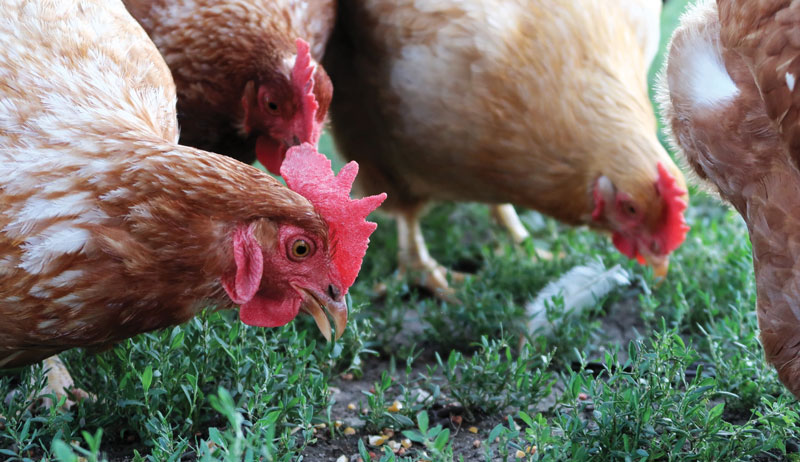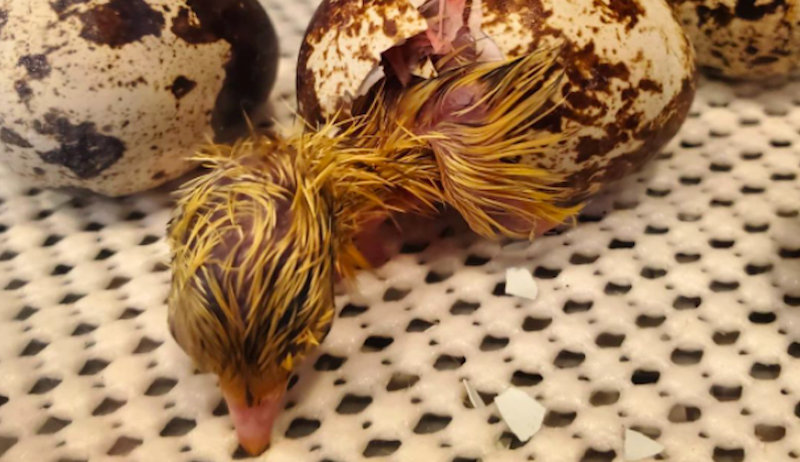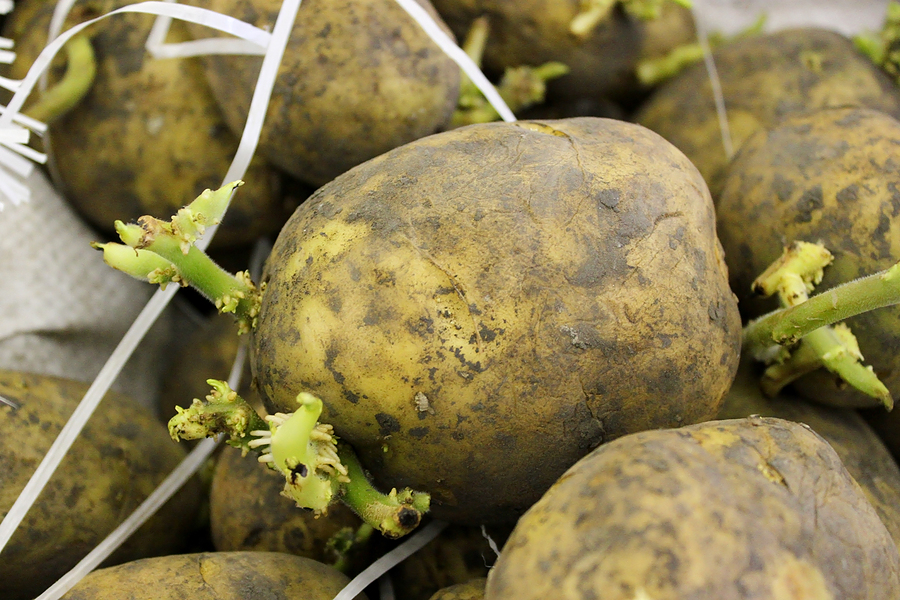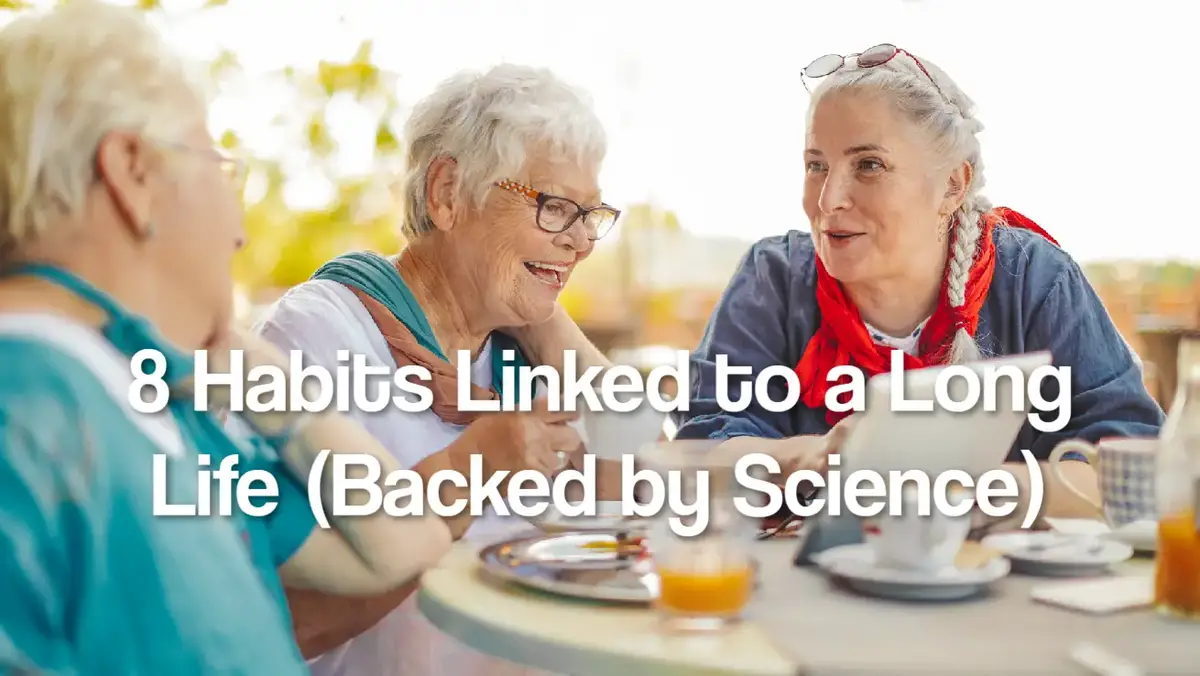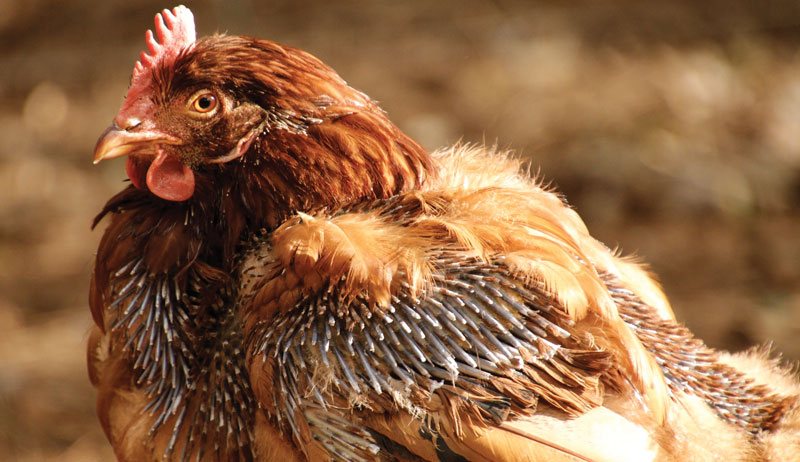Chickens can be an absolute blast to observe. Toss a few worms or chicken treats out and watch them dance! Although a chicken will eat just about anything, you need to watch what treats get thrown into the scrap bucket.
Some things you might want to share with them can be harmful and even deadly. In this article, we’ll be checking out a few foods that are safe to share, some to avoid and a couple of fun chicken treat ideas you can put together to entertain your flock as well!
Pulling Hen’s Teeth
You might have heard the expression “like pulling hen’s teeth,” which refers to something impossible to do. Chickens don’t have any teeth. Rather, they simply consume their food whole and use their tongue to help push it to the back of their throat.
Because of their lack of teeth (and swallowing the food whole), chickens need small rocks or gravel in their gizzards to help break up the food. After the food is eventually ground up, it can pass on through the rest of the digestive system.
Before you start giving your birds extra chicken treats or table scraps, make sure you’ve worked out a properly balanced feeding plan for them. Their needs will vary depending on their age, kind of chicken (layer, fryer, etc.) and environment. Once you’ve made sure they have a regularly balanced diet, you can start to supplement and add a few extra treats in every now and then.
As the seasons change, so can your treat-feeding habits. During the winter, it’s good to focus on high-energy food that will keep your birds busy and warm. When summer rolls around, look for treats higher in water content to help keep them hydrated.
During the hot summer days, it’s fun to make a few frozen fruit cups for your birds. You can offer a mixture of leftovers from your fridge or expired produce from a local farm stand. Call around at the end of the growing season and see if anyone is about to dispose of leftover fruit or vegetables.
I once got several 5-gallon buckets full of cantaloupes from a local farmer, simply by making a phone call. Those were some affordable chicken treats!
Table Scraps
Animals are fairly intelligent about not eating things that can harm them, but still stay cautious and avoid throwing out chicken treats that could be toxic. If you’re rummaging through the fridge, remember you can slice up leftover apples or pears to share with your flock.
Bananas or other fruits with a peel should be peeled and then fed. Leftover strawberries, raspberries, blackberries, etc. make great options to scatter around at snack time, too!
After a cookout or summer BBQ, don’t let the watermelon rinds be tossed in with the rest of the trash. Set out a 5-gallon bucket to collect them and feed to the chickens later. (The best ones are the rinds with a little pink left on…
